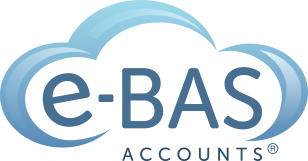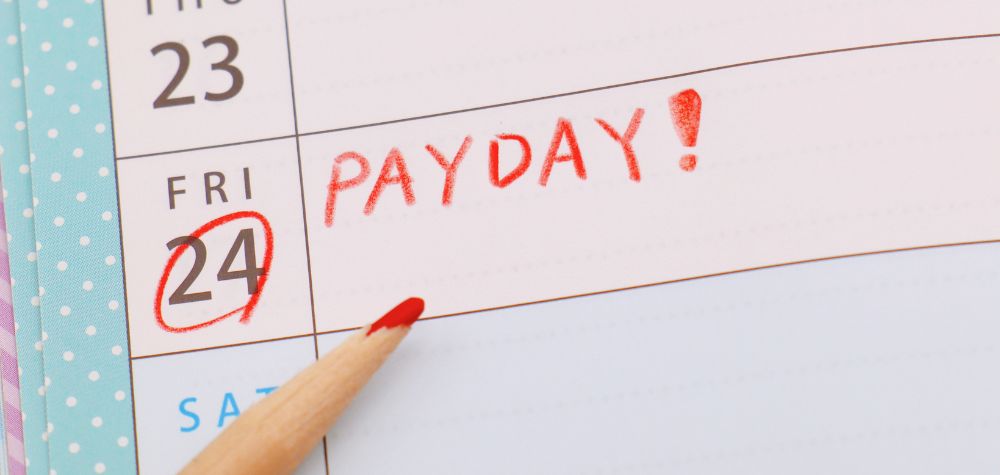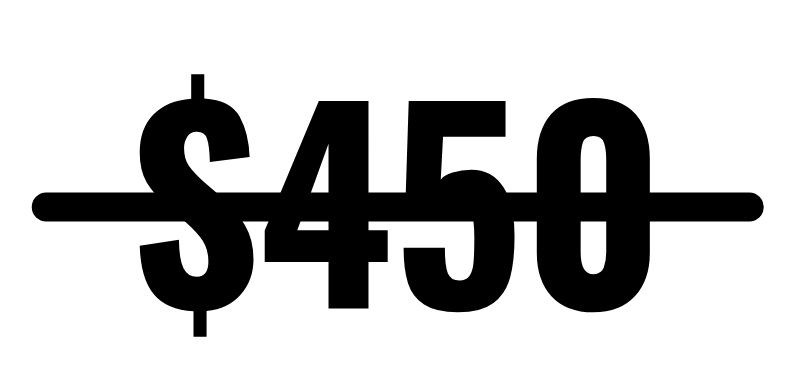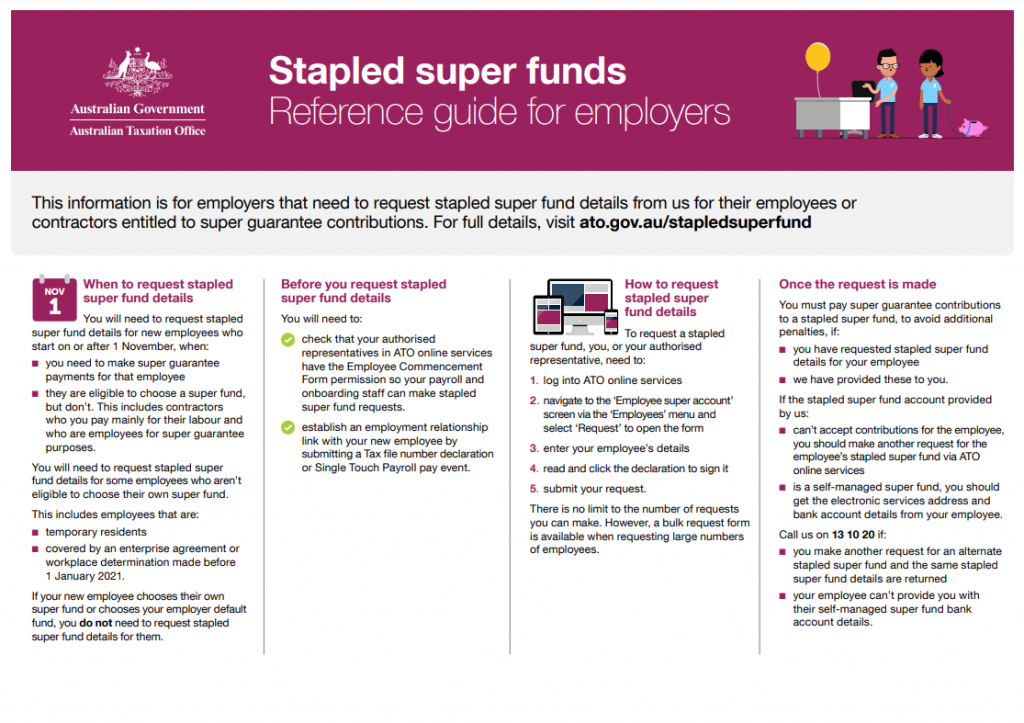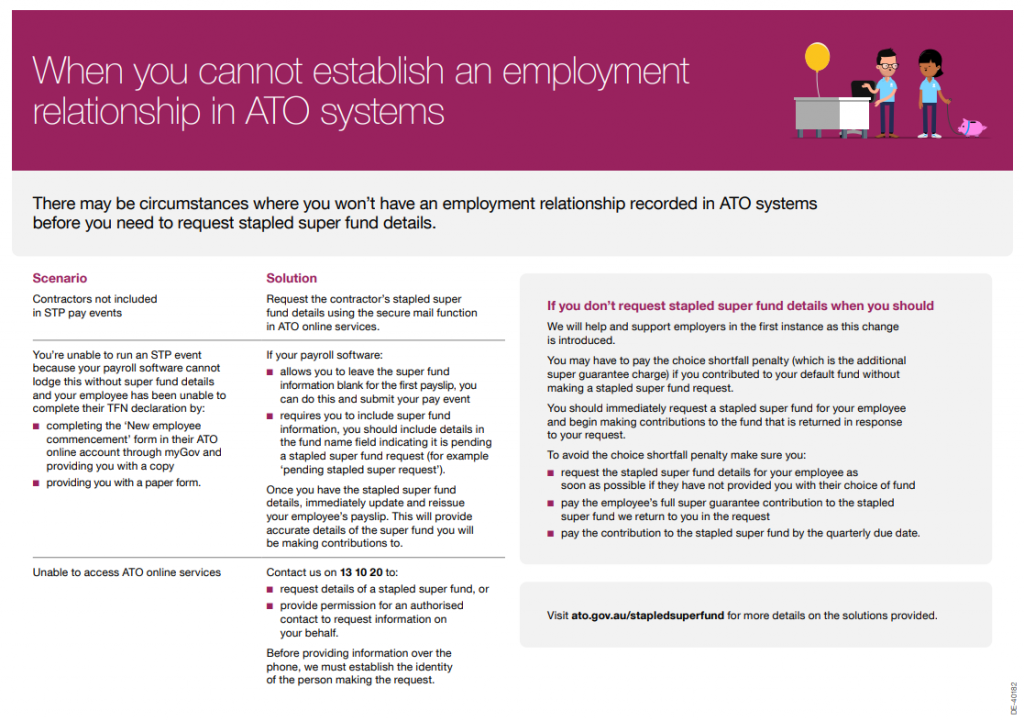New Criminal Underpayment Laws have Started

New Criminal Underpayment Laws began on 1 January 2025. It is now an offence to underpay your staff. If found guilty, you may face hefty fines or jail time, or both. Read on to find out what these laws mean and how you can avoid a conviction going forward.
What are these laws?
Employers found to be intentionally underpaying staff by Fair Work, will be investigated. If a case can be raised, it will be referred for criminal prosecution. If an employer is convicted, he/she may face prison time and/or fines (see below).
Employers who have made an honest mistake and did not intend to underpay staff, will not be prosecuted.
How to protect yourself
Fair Work has created the Voluntary Small Business Wage Compliance Code. This Code can be used to check if you are paying your staff correctly. Employers who have complied with the Code in relation to an underpayment, cannot be referred for possible criminal prosecution by Fair Work. Therefore, if you suspect that you may have underpaid staff, it is in your best interests to review the above Code ASAP!
Another way to protect yourself is to write an Cooperation Agreement. This is an agreement between Fair Work and an employer that outlines a possible underpayment event. While the agreement is in force, Fair Work cannot refer the matter for possible criminal prosecution, however, civil enforcement may apply regardless.
Which fines and prison time can apply?
For a company
If the court can determine the amount of the employer’s underpayment, the maximum fine will be the higher of:
- 3 times the amount of the underpayment
- $8.25 million.
If the court can’t determine the amount of the underpayment, the maximum fine is $8.25 million.
For an individual
The court can impose a maximum of 10 years in prison or a fine, or both.
If the court can determine the amount of the employer’s underpayment, the maximum fine will be the higher of:
- 3 times the amount of the underpayment
- $1.65 million.
If the court can’t determine the underpayment, the maximum fine is $1.65 million.
How to avoid all of the above
Simple really! Good employers do two things:
1. Stay up to date with payroll obligations including changes to awards, legislation and employees’ circumstances such as their roles, duties, classifications, relevant qualifications, age, hours of work or location of work.
2. Reach out to reliable sources for help when difficult payroll situations arise. These may include bookkeepers, tax agents, payroll HR associations, payroll processing services, industrial associations and Fair Work.
If you are reading this and are concerned about your situation, now might be the time to reach out to your tax professional and ask for assistance. Fair Work mean business!!
Late edit:
Fair Work have released their long awaited Payroll Remediation Guide. You can download it here. This Guide is directed more to larger employers, where a large number of underpayments or number of impacted employees are identified, or where the issues detected are complex and involve multiple industrial instruments.
New Criminal Underpayment Laws have Started Read More »
